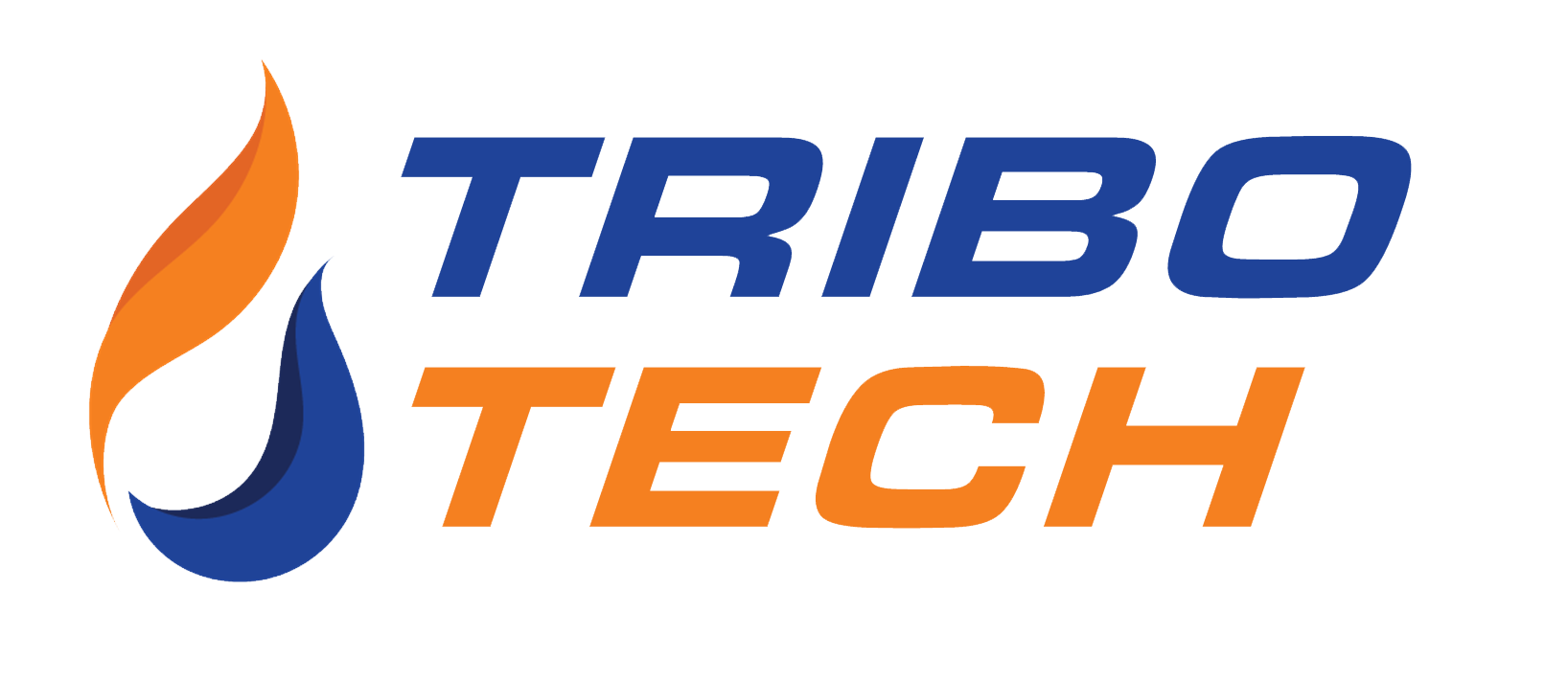A Plant Lubrication Audit is a detailed assessment of a facility’s existing lubrication management program. It is important to first understand the current on-site lubrication practices, good and/or bad and report on its status to management. This report is then used to determine what changes are needed in order to ensure the implementation of a world class lubrication management program.
Tribotech will conduct plant lubrication audits to investigate and document the status of the current lubrication and maintenance related practices in your company. The audits will examine several areas:

- Lubricant storage and handling
- Lubricant standards / consolidation /purchasing procedure
- Oil analysis/ oil sampling techniques/ location of sample points
- Contamination control (target setting and current practices)
- Education/ training & skills development
- Lubricant related maintenance practices and procedures (greasing/ oil change-out etc..)
- Program management / Goals/ Metrics
- Safety and disposal guidelines
- Continuous improvement processes
It is recognised that the benefits of oil analysis can develop exponentially depending on the level of staff and management’s commitment to the application of this science.
Implementing an effective oil analysis program has been a challenge for several users. In several instances there were failures – which should have been picked up by oil analysis – but were not, resulting in a misrepresentation of the science. On closer examination however, it was recognised that misapplication of the basics was the reason behind the perceived failures. This lack of structure in the application of oil analysis as a condition monitoring tool persists in this country.
At Tribotech oil analysis is not simply an add-on service. It is a partnership with the client encompassing implementation, analysis, report interpretation and technical training, with each element being an integral part of the whole.
Tribotech’s holistic approach to oil analysis demands the highest technological standards and the highest calibre of suitably qualified and experienced staff. This quest for excellence is reflected in our approach to implementing an effective oil analysis program:
- Obtain Equipment list and OEM specifications for lubricant and contamination limits
- Identify critical equipment – these will be placed on the oil analysis program schedule
- Determine frequency of sampling
- Establish appropriate sample points location to maximize data density
- Installation of sample ports and valves to aid sample collection
- Develop standard operation procedures to ensure consistency in drawing of samples
- Implement an effective oil analysis package of tests for each specific equipment type
- Establish alarms and maximum and minimum limits for various tests
- Interpretation of analytical data for client – as opposed to computer generated comments
- Technical training to understand the details inherent in ALL the above steps and specifically – how to interpret the results

